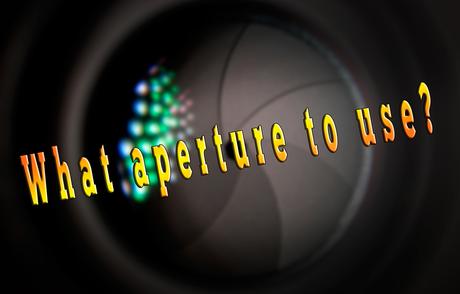
Aperture is one of those variables beginners usually tend to use in the same way: if they want to have a portrait, they tend to open the aperture as wide as possible (f/1.8 or even f/1.4) to make the background as shallow as possible. On the other hand, in landscape photography, they tend to close the aperture as much as possible (up to f/22) to get the most depth of field as they can. But the truth is that the issue about the aperture is not simple like that, and there are better ways to achieve desired results. That’s why I’d like to discuss a bit about what aperture to use, depending on the situation.
Let’s take a look at some examples
Taking a look at the photo below you already might know from my blogpost about aperture basics. I shot it at f/1.8 from the distance of about 120 cm (approx. 3,9 ft) with a Canon 50mm lense*, and a full frame DSLR (Canon EOS 6D*). Okay it’s not a portrait, but it doesn’t matter, for you could choose to shoot a pic of any object with a blurry background. And as you can see, the background of the photo is indeed very blurry (in this case I mean the big round box).
But what you also see, is the missing sharpness in the parts of the subject itself, which is surely not that, what the most of us would like to achieve. You can see, that the legs but also the most parts of rabbit’s face are pretty fuzzy. What can we learn from this? We can notice that in this case, a wide opened aperture of f/1.8 (not to speak about an aperture of f/1.4) has a real tiny amount of sharp focus.
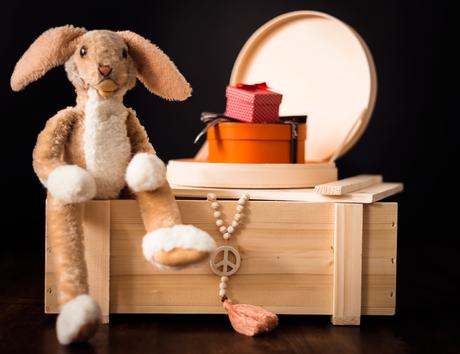
What could I do to get more sharpness of the subject and keep the background blurry, nevertheless? Well, I could increase the distance between my camera and the subject. But that would mean, I would get a different view of the subject as previously considered which makes me feel uncomfortable. The second option would be to increase the depth of field by scaling down the aperture to e.g. f/4, f/5.6, f/8.0, and so on, to achieve the result you want.
The smaller the aperture the more sharpness you will loose
In reverse, it’s the same with landscape photography. It’s not necessary to close the aperture as tight as possible to get sharp pictures from the foreground to the horizon. Indeed, closing the aperture too much would affect the sharpness negatively! The reason for that is that the light would be bent too much within the lens, which would decrease the sharpness. The term for this is called diffraction.
In my article about the aperture basics, I wrote that the depth of field is affected directly only by two factors: the distance to the subject and the diameter of the entrance pupil. So when you take a photo of a subject which is located far away enough from you, you can even take a sharp photo with a wide opened aperture.
Let’s take a look at the photo below. I made this shot using the aperture of f/1.8 from the distance of about 70 meters (apprx. 300 ft). The focal length was 50 mm. As you can see, although an aperture of f/1.8 was set up, the castle is nevertheless sharp due to the longer distance between my DSLR and the subject. Only the grass in the foreground got fuzzy because it was too close to the lens.
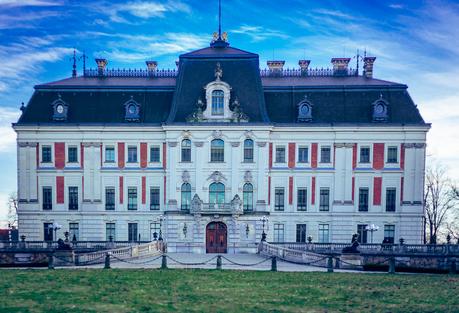
Now let’s take a look at the same picture and see what happens with the sharpness when you use e.g. an aperture of f/22 at the same distance to the subject. As you can see, the photo got sharp too. But do you see a lot difference to the photo I made at an aperture of f/1.8 (apart from the fuzzy foreground)? I say, that there is surely a difference in the sharpness. But it’s scarcely recognizable with the naked eye, isn’t it?
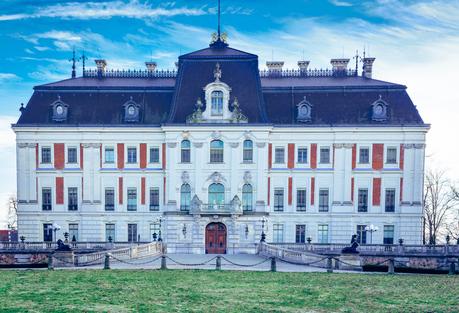
What do we learn from this? If you are far away enough from your subject and use a smaller focal length, you already have a huge depth of field, and you would achieve a great depth of field even with of a small f-number like f/1.8.
What aperture to use?
There were just two situations I described above, and I kept it pretty generally. But nevertheless, now we get to the point, where we can answer the question, what aperture to use.
In general, it can be said that portraits (or other subjects close to the lense) should be made at an aperture between f/4 and f/8. In landscape photography, you would use an aperture between f/8 and f/13.
But the truth is that there is no best aperture! Those apertures are just common values discussed by photographers, and you never should accept them as a mandatory rule but just as a guideline.
It depends on the lense and the manufacturer. You can achieve a great depth of field using a Canon lense at an aperture of f/4. But the same photo made with a Nikon, Sony or any other else lense could give you a different result. Also, it depends on the situation and the distance to the subject. A landscape without any mentionable elements in the foreground can also be done at an aperture of f/1.4.
So the best way to figure it out, is to make several tests. Just find a subject you like to photograph and make the same photo throughout the complete range of f-stops. Do it several times with several subjects, also by changing the factors of the focal length and the distance between your camera and the subject. In other words, you need to take the time to learn your gear, folks. Here, I am referring again to the online “Depth of Field – Simulator” you can play around to get the feeling of how the depth of field is influenced.
By the way, every lense has its own “sweet spot” which gives you the best sharpness. For example: my 50 mm Canon lense delivers its best results at f/10, but my other Canon lense 24 – 105 mm has its sweet spot at an aperture of f/8 and f/9. Of course, this doesn’t mean that I am shooting only at f/10, f/8 or f/9. It even depends on the situation.
Should very small apertures be avoided at all?
At the beginning of this post, I mentioned that using too small apertures affects the photos negatively due to the diffraction. So the last question in this post we have is: if an aperture of f/18 or f/22 is affecting the sharpness negatively, does it make sense to use those apertures at all?
Well, the opinions on this point of discussion are very different. I know photographers saying that all this topic about avoiding too small apertures is a fuss, because the decrease of sharpness is nothing to speak of.
Other photographers, on the other hand, insist on the opinion that the loss of quality is indeed perceptible and that’s why they avoid to shoot at smallest apertures.
To give you a comparison we take a look at the pic of the castle you’ve seen above. Do you see a big difference between a f/10-shot and a f/22 -shot?
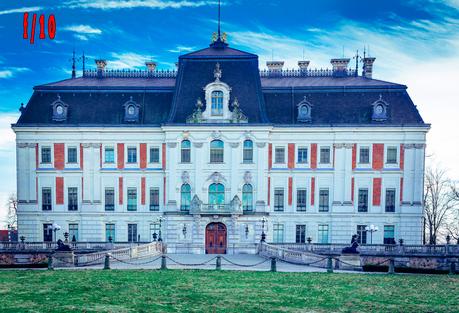
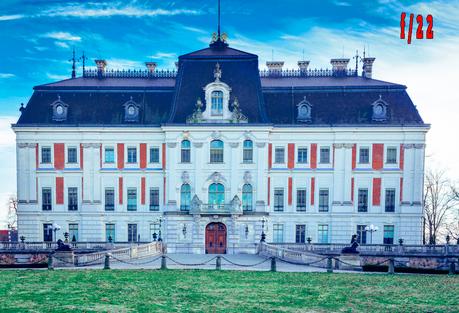
My opinion about using smallest apertures is as following: if I have to decide to make a photo at an aperture of f/18 – f/22 or not to make any photo at all, I’d decide to make the photo and accept diffraction (regardless how much it would be)
*Affiliate link: when you click on this link, no additional costs would arise for you and the product or the service will not become more expensive. When you decide to buy the product or use the service, I’ll get a little benefit from the provider which I would reinvest to keep this blog alive.
